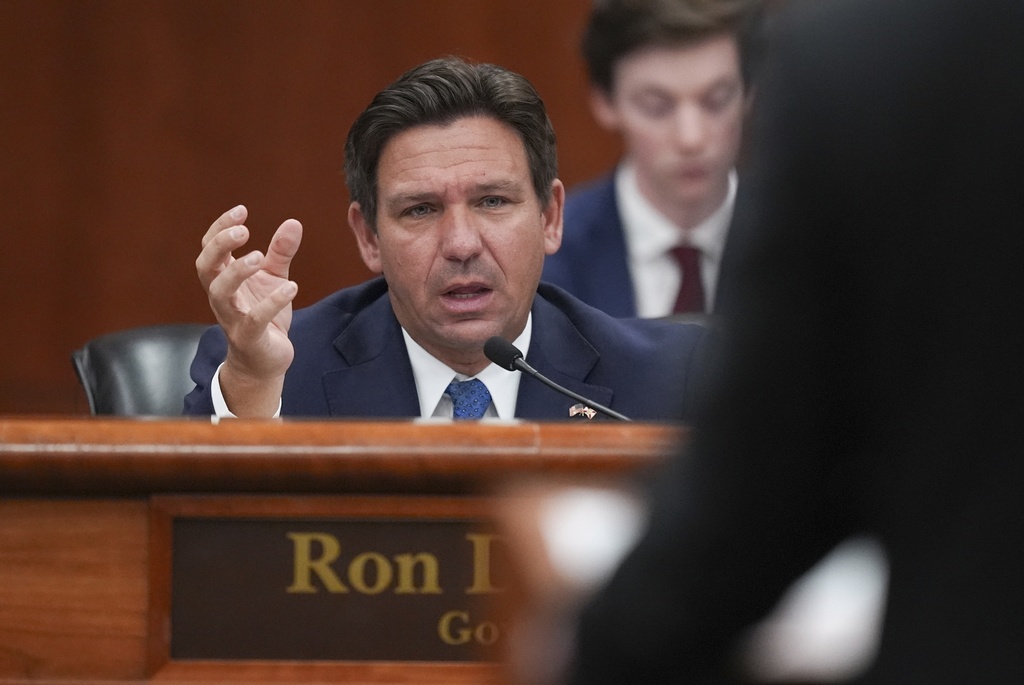This article expresses the views of its author(s), separate from those of this publication. Readers are encouraged to comment or submit a Letter to the Editor to share their opinions. To submit a Letter to the Editor, follow the instructions here.
When 7 a.m. on Monday rolls around and it’s time to get ready for a regrettably early class, a college student’s priority is often to consume caffeine as soon as possible. As an avid coffee drinker, I relate to this sentiment.
However, one part of the caffeine culture I can’t get behind is the increasing energy drink market, which does not seem to be letting up anytime soon.
A Japanese pharmaceutical company created the first known energy drink, Lipovitan D. 1962. Following its origin, the notion of energy drinks began to spread worldwide. Eventually, in 1997, Red Bull was created in Austria and has now grown into a $7.34 billion business. Since then, every other television advertisement seems to be for the drink that “gives you wings.”
Since then, the energy drink market has erupted with various brands and ceaseless flavors. According to Statista, as of 2023, the top five grossing energy brands are Red Bull, Monster, Celsius, Bang and Rockstar.
Energy drinks have also heavily infiltrated college culture, as students nowadays can be seen nursing the slim, tall drink cans left and right.
One 2022 study from the National Library of Medicine found that approximately 42.9% of undergraduate students consume energy drinks for various reasons, including improved studying, exams and staying awake.
Furthermore, brands like Celsius have marketed their drinks differently, claiming their products focus on energy and improving overall wellness. They look to appeal to people who are physically active and want to focus on traits such as low calories and vitamins.
However, another 2022 study from the National Library of Medicine found that, among the 75 top energy drinks and energy shots, many of the same components and vitamins could be found in each— caffeine, B-vitamin, sugar and taurine. Still, the B-vitamin levels in the drinks were found to exceed the recommended daily value. This can result in megadosing— an overconsumption of vitamins, which can lead to adverse effects.
It is also important to be aware of caffeine and other ingredients, such as guarana, commonly found in energy drinks and containing additional caffeine. Ultimately, the actual component levels may not match the face value shown on the nutrition label.
Regardless of their marketed benefits and aesthetics, energy drinks are still energy drinks—consuming four cans in one day negates those seemingly healthier benefits.
Some recommended alternatives to getting your daily dose of caffeine that are considered safer options while still in moderation include black and green tea, coconut water, kombucha and even coffee. Each of these has its own varying potential health benefits, such as antioxidants and minerals.
However, energy drinks are on the rise and are expected to become more prevalent in the coming years. Even then, I will stand on my caffeinated-by-coffee “ground” and shun the energy drink world until further notice.
___
For more information or news tips, or if you see an error in this story or have any compliments or concerns, contact editor@unfspinnaker.com.













Lawrence S Boyer | Oct 17, 2024 at 11:07 pm
B vitamins are water soluble. Therefore they quickly pass out of the person consuming them. Maybe they can negatively impact the person?